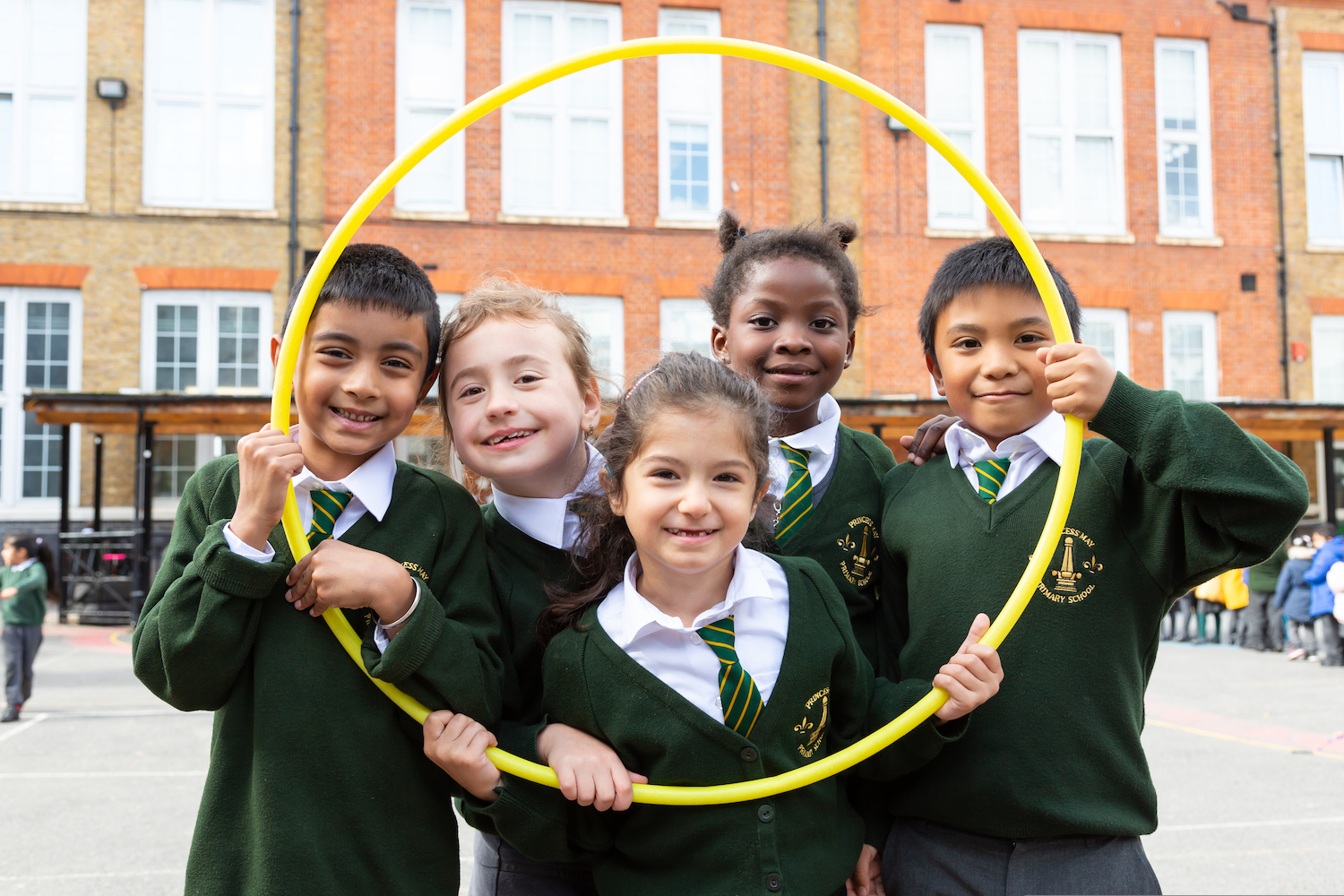Art Curriculum
intent
At Princess May, we believe that high-quality Art lessons will inspire children to think innovatively and develop creative procedural understanding. Our Art curriculum provides children with opportunities to develop their skills using a range of media and materials. Children learn the skills of drawing, painting, printing, collage, textiles, 3D work and digital art and are given the opportunity to explore and evaluate different creative ideas. Children will be introduced to a range of works and develop knowledge of the styles and vocabulary used by famous artists. The skills they acquire are applied to their cross-curricular topics, allowing children to use their art skills to reflect on and explore topics in greater depth; for example, by sketching historical artefacts in detail, researching geographical locations to support their work on landscape painting or using art as a medium to express emotion and thought to enhance their personal, social and emotional development. Many areas of art link with mathematical ideas of shape and space; for example, when printing repeating patterns and designs and thinking about 3D shapes to support structures. It is paramount that art work be purposeful; be this as a means of expression or to explore the styles of other artists that inspire our own work. Pupils should be clear what the intended outcomes are. By the end of each key stage, pupils are expected to know, apply and understand the matters, skills and processes specified in the relevant programme of study.
Through the use of Kapow Primary, we have mapped the coverage of the entire Art Programme of Study for KS1 and KS2, as well as meeting the needs of the statutory (March 2017) Early Years Framework. In many cases objectives are covered more than once and children have opportunities to apply these several times over the course of a year, as well as to consolidate prior knowledge from previous years. We believe strongly that children should be secure in applying the skills of the National Curriculum 2013. Where needed, planning sequences are adapted, personalised and differentiated by the school to ensure all access arrangements can be made to support children with the requirements.
implementation
Through high quality teaching, we deliver a broad and balanced Art curriculum that builds on previous learning and provides both support and challenge for learners. We follow an Art and Design scheme that ensures a progression of skills and covers all aspects of the Art curriculum.
All classes will have a scheduled Art lesson each week alongside other curriculum subjects.
Children’s work and pictures of their work will be recorded in sketch books for reference and assessment. The subject leader will conduct regular book looks to ensure that Art is being taught effectively.
We want to ensure that Art is embedded in our whole school curriculum and that opportunities for enhancing learning by using Art are always taken.
Teachers create a positive attitude to learning within their classrooms and reinforce an expectation that all children can achieve high standards in Art. Teachers will demonstrate how to use Art resources in various ways whilst working creatively.
impact
Our Art Curriculum is high quality, well thought out and is planned to demonstrate progression. We believe that when children are keeping up with the curriculum, they are deemed to be making good or better progress. In addition, we regularly review children’s work, in accordance with our Art and Design assessment policy to ensure that progression of skills is taking place through the following methods:
-
Looking at pupils’ work, especially over time as they gain skills and knowledge
-
Observing how they perform in lessons
-
CPD to ensure that teacher pedagogy and assessment is secure.
-
Talking to them about what they know.
The Art and Design curriculum will contribute to children’s personal development in creativity, independence, judgement and self-reflection. This would be seen in them being able to talk confidently about their work and sharing their work with others. Progress will be shown through outcomes and through the important record of the process leading to them achieving the skills and techniques required in the five areas of learning.
cultural capital
Our understanding of knowledge and cultural capital is derived from the following wording in The National Curriculum. At Princess May, it the essential knowledge that all of our pupils need to be educated citizens. Also, introducing and exposing experiences to children that may otherwise not have had.
We are constantly looking for new and meaningful experiences that will enrich the artistic understanding and creativity skills of the children we teach. Teachers are encouraged to include cross curricular links to Art.

